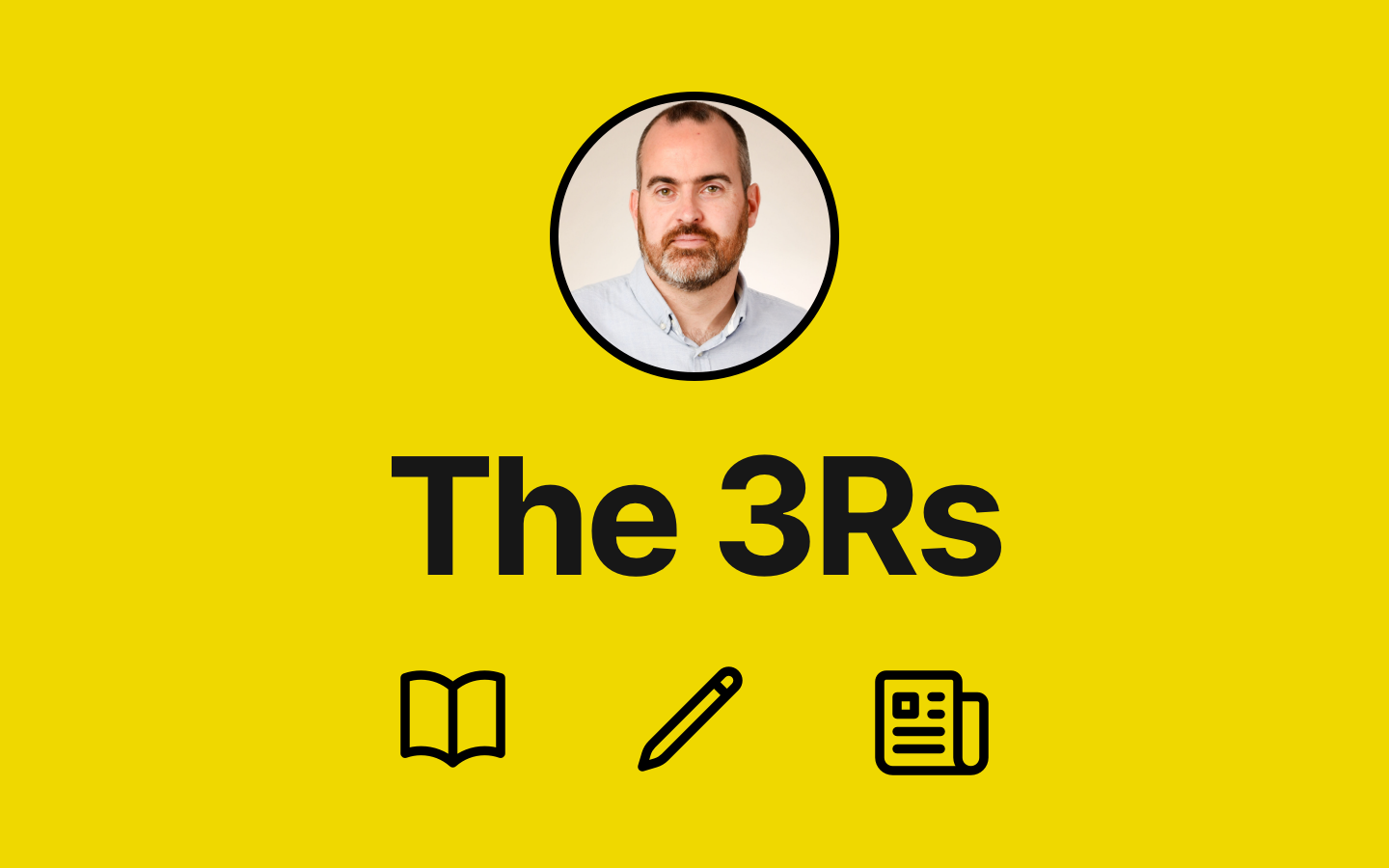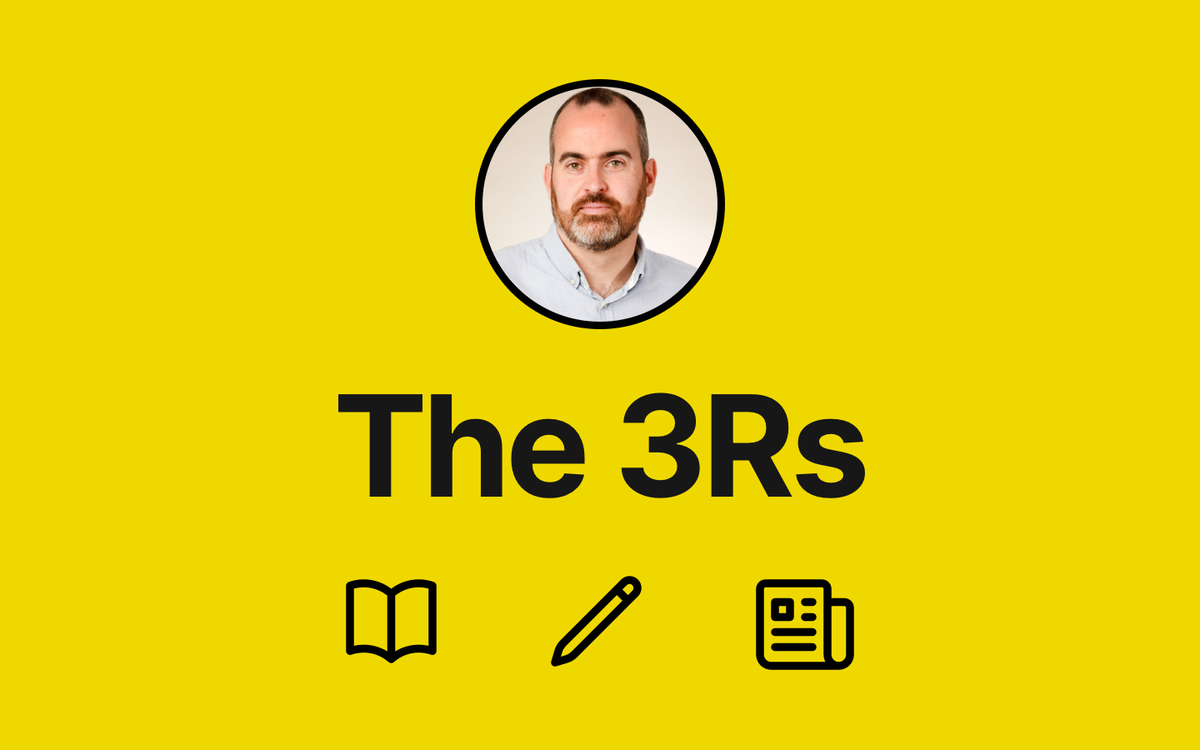The summer holidays provides one of the few periods in the year when you can deeply reflect on the complexities of the job of being a teacher. After the desperate need for much needed rest is satisfied, there is time to reflect upon the high and lows of the school year disappearing in our rear-view mirror. The many failures can be dissected and, if you are lucky, the successes can be enjoyed. The value of hindsight can be a chastening experience, but luckily we can assign a legion of biases to justify any faulty decisions we made!
Reflecting upon my school year makes me consider the important decisions I have made to guide my teaching and to help lead our English and Media faculty. The year began by citing John Hattie, with the aim of bringing some scientific reasoning to our teaching and learning decision making (the year has ended with a constructive challenge to Hattie’s findings – see here). What followed was a pilot of our iPad project and other developments in our collective practice, such as improving our quality of feedback etc. We also made significant decisions about which KS4 qualifications were best for our students and choices related to other important aspects of teaching and learning.
Each decision is typically assailed by positive and negative viewpoints and evidence. Instinct, emotion, experience and evidence all combine in our best effort at making complex decisions.
When making our decision regarding GCSE, iGCSEs etc. we discussed the matter of making the ‘best worst‘ decision. The fact being that there were so many unknowns linked to assessment in English at KS4 at the moment meant that any decision was difficult. We don’t yet know whether our decision will be proved the right one. Whether it is or it isn’t, we can only be satisfied that we made the best decision with the information at hand. One way to make the best decision we can make is to recognise the many, many flaws which attend the decision making of us all. The flaws in our reasoning are labelled as ‘cognitive bias‘ in the field of psychology. These biases confirm how rooted emotion is in our decision making. See this on the infographic heading this post for just some some of what is an exhaustive taxonomy of bias.
Of course, it is human nature to understand the world with ‘binary thinking‘. Thinking in terms of black or white, good or bad. When we were roving cave-people this quick, simple thinking was a useful survival mechanism. Even though we live in a more infinitely complex world, our understanding and decision making is still largely driven by ‘binary thinking‘. The world of educational debate is no different. The problem with such thinking is that it is too often simplistic and oppositional in nature. Problems are seen in black and white, when in education we know that problems or institutional changes have many more than fifty shades of grey (apologies for the gratuitous pun!). There are no absolute formal distinctions when it comes to the methods and principles of teaching and learning – there is only a spectrum with a rich variety of perspectives to draw upon. Our decision-making needs to better compensate for the necessary compromise and competing demands which attend our complex school-based choices.
It is only human to prefer a comforting illusion over an inconvenient truth. Therefore a crucial bias we fall prey to is ‘confirmation bias‘. This bias leads us to seek information that confirms our expectations and to interpret ambiguous information in a way that conforms to our expectations and desired outcome. Perhaps this is the chief bias we should be wary of when making any school based decision.
How do we combat this problem of ‘confirmation bias?
“Whenever you find yourself on the side of the majority, it is time to pause and reflect.” Mark Twain
Twain’s advice is simple but crucial. We should reflect on our position and the potential biases that guide our reasoning. When we understand patterns of reasoning errors we recognise that such errors can lead to inconsistencies in our decision making. Inconsistencies and faulty decisions are typically followed by our rationalisation and justification. Such faulty decision making can lose the trust of our colleagues and make the process of any decision making change in a school infinitely more difficult.
“Follow people you disagree with.” Daniel Willingham
Daniel Willingham’s advice is more specifically directed at the social media realm of Twitter, but the sentiment is wide-ranging and relevant to school contexts. Too often we are surrounded by people who share the same biases as ourselves. If we work in a great school for a long period of time it is natural to form a ‘status quo bias‘ whereat we want to maintain our comfortable position; whereas if a teacher works in a bad school, where behaviour is poor for example, they can easily apply a ‘group attribution error‘, making the biased assumption that most schools have a behaviour problem and therefore our school system is broken. As individuals within schools it is only natural to form strong positive bonds with our colleagues, but this can lead to all sorts of ‘in-group bias‘. Not only that, if we are a school leader, people may attribute all kinds of subtle reasons to agree with us (see the ‘Halo effect‘). We must therefore seek out people who will challenge our thinking if we are to make the best decisions we can make with the evidence at hand.
Abraham Lincoln famously composed his ‘team of rivals‘ (see this article here about how to get a ‘team of rivals’ working effectively) which is a recognition that we must have our assumptions tested with rigour. Our decision making should be genuinely open to alternative interpretations from others and we must encourage constructive dissenting opinion, otherwise we will create an echo-chamber within which our biases go unchallenged. Good leadership creates a climate where decisions do not go unchallenged and where debate is valued.
So in the coming year I will question my ‘instincts‘ when I go about making a decision. That is not to say my professional instinct, rooted in experience, is always inherently faulty, but simply that I will approach a decision checked by a healthy dose of critical self-awareness of my biases. It would be easy to paralyse the whole decision making process by stumbling over an endless list of biases; however, good sense would dictate that we solve this problem by creating a climate of healthy debate wherein we are challenged by our colleagues and beyond by people who constructively disagree with us. Our decisions will be better for this crucible of debate. If we learn with this openly reflective style then colleagues will feel more invested in decisions and more likely to subsequently carry them out with success. The mine-field of decision making will have many of our potentially detrimental biases diffused for the better.






Comments